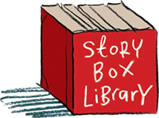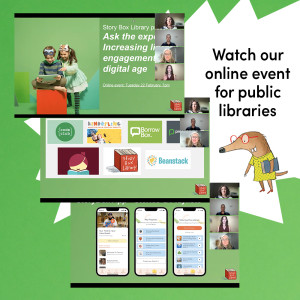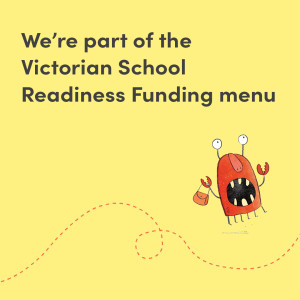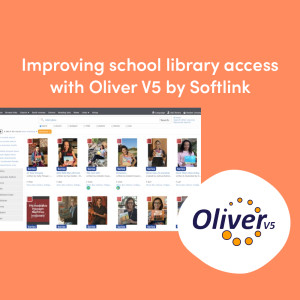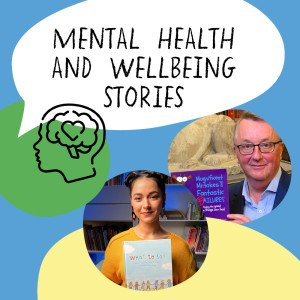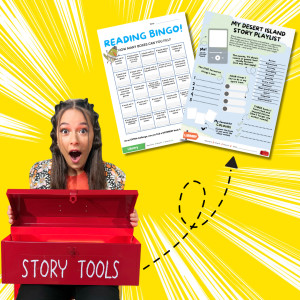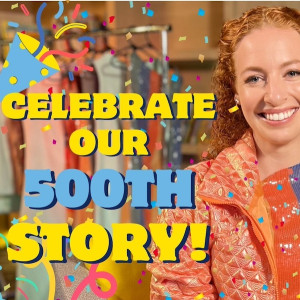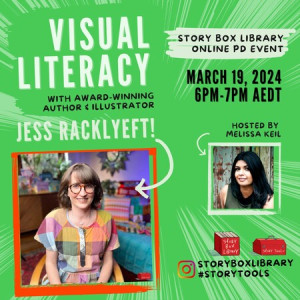Get kids excited about reading at the school library, with Gillian Maugle
01 Aug 2023
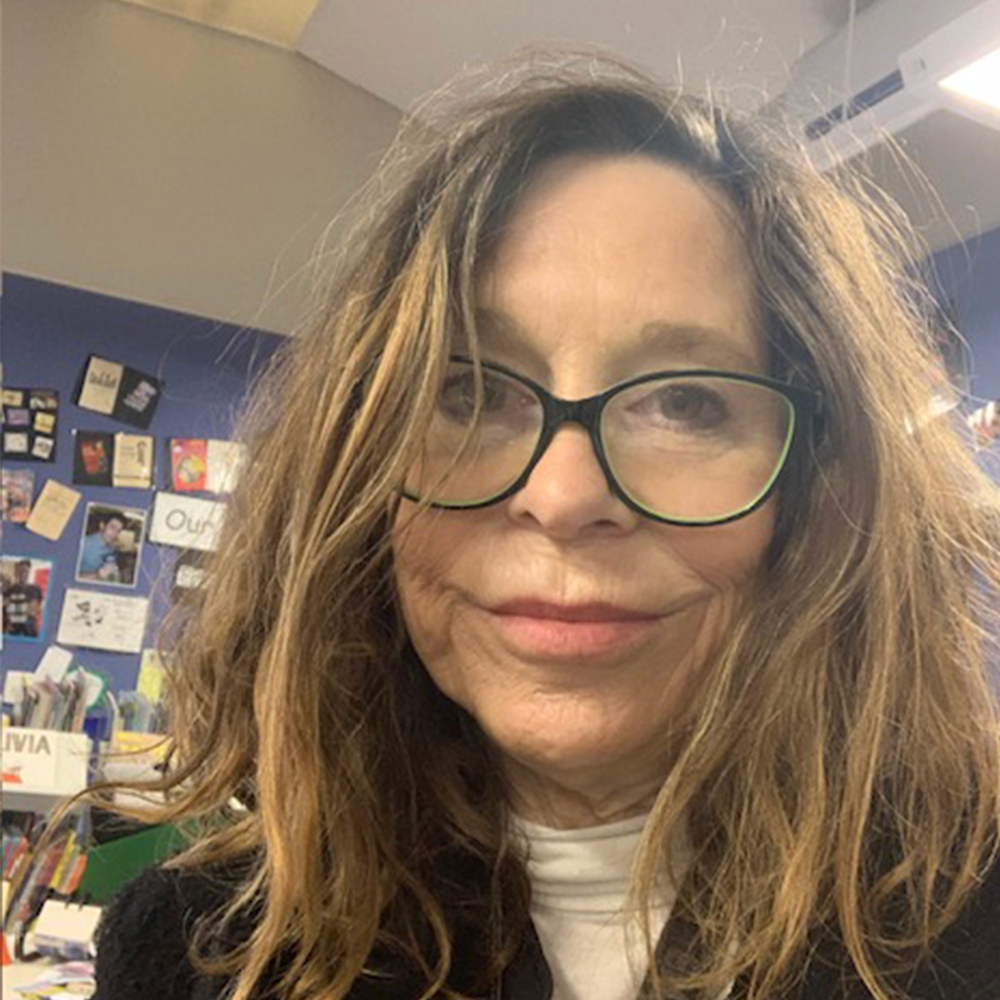 Gillian Maugle is the Teacher Librarian at Wiley Park Public School, situated in the south western suburbs of Sydney. The school library is a vital place to gather, read and learn for the school’s young students, many of whom are asylum seekers and come from non-English speaking backgrounds. The Story Box Library team spoke with Gillian about how she incorporates digital storytelling at the school library, the importance of having a wide range of high quality children’s literature to expand students’ vocabulary, and shares her top tips on engaging kids and getting them excited about reading.
Gillian Maugle is the Teacher Librarian at Wiley Park Public School, situated in the south western suburbs of Sydney. The school library is a vital place to gather, read and learn for the school’s young students, many of whom are asylum seekers and come from non-English speaking backgrounds. The Story Box Library team spoke with Gillian about how she incorporates digital storytelling at the school library, the importance of having a wide range of high quality children’s literature to expand students’ vocabulary, and shares her top tips on engaging kids and getting them excited about reading.
1/ Describe a little about your role as a Teacher Librarian at Wiley Park Public School.
Wiley Park Public School stole my heart 20 years ago when I found myself positioned here fresh out of the children’s book industry with my newly acquired Teacher Librarian qualification in hand. Although I had spent a great deal of time away from teaching I had never been far from children’s books and literature the whole of my life. Initially, I was thinking this would be a brief stop before I decided what direction my career would take. Twenty years later I am writing this and hoping that I have a few years left in me yet.
All Teacher Librarians are adaptable and I find myself constantly morphing to fit into the needs and requirements of the school, frequently several times a day! However the main focus of my job here at Wiley Park PS is to create a love of literature and inspire lifelong learners in a safe and inviting environment for the children.
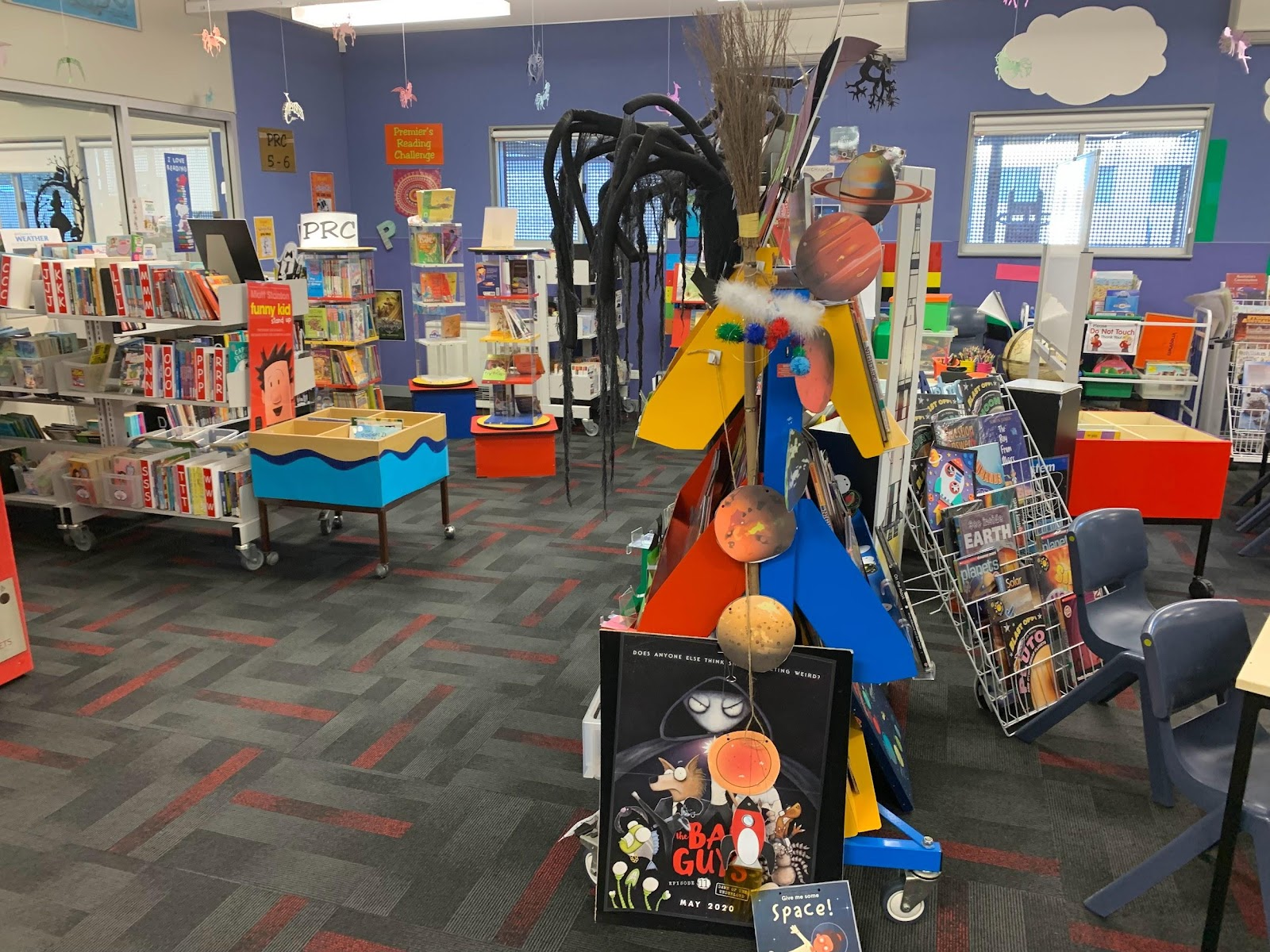 2/ Why is it so important to get kids excited about reading from a young age, and make high-quality children’s literature accessible at their school library?
2/ Why is it so important to get kids excited about reading from a young age, and make high-quality children’s literature accessible at their school library?
Our children need language. Language in all forms - everyday language, communicative language, written language and that magical language that you only find in stories. At home they will be speaking in their native languages which makes it even more important for us to expand their English vocabulary with as many words as possible at school.
Some words they would never hear as they are not everyday words - enchantment, dedicate, lurch, exquisite, ravenous, wallowing, wilt, torrents etc. Such words are found in the rich literature that they are surrounded by in the library.
Books and stories are also a great place to escape when the need arises. They can wrap you in between their covers and offer a shelter when real life is just too painful, disappearing into a story and becoming that character, living in their world for a brief time. A respite when the world around you gets ugly.
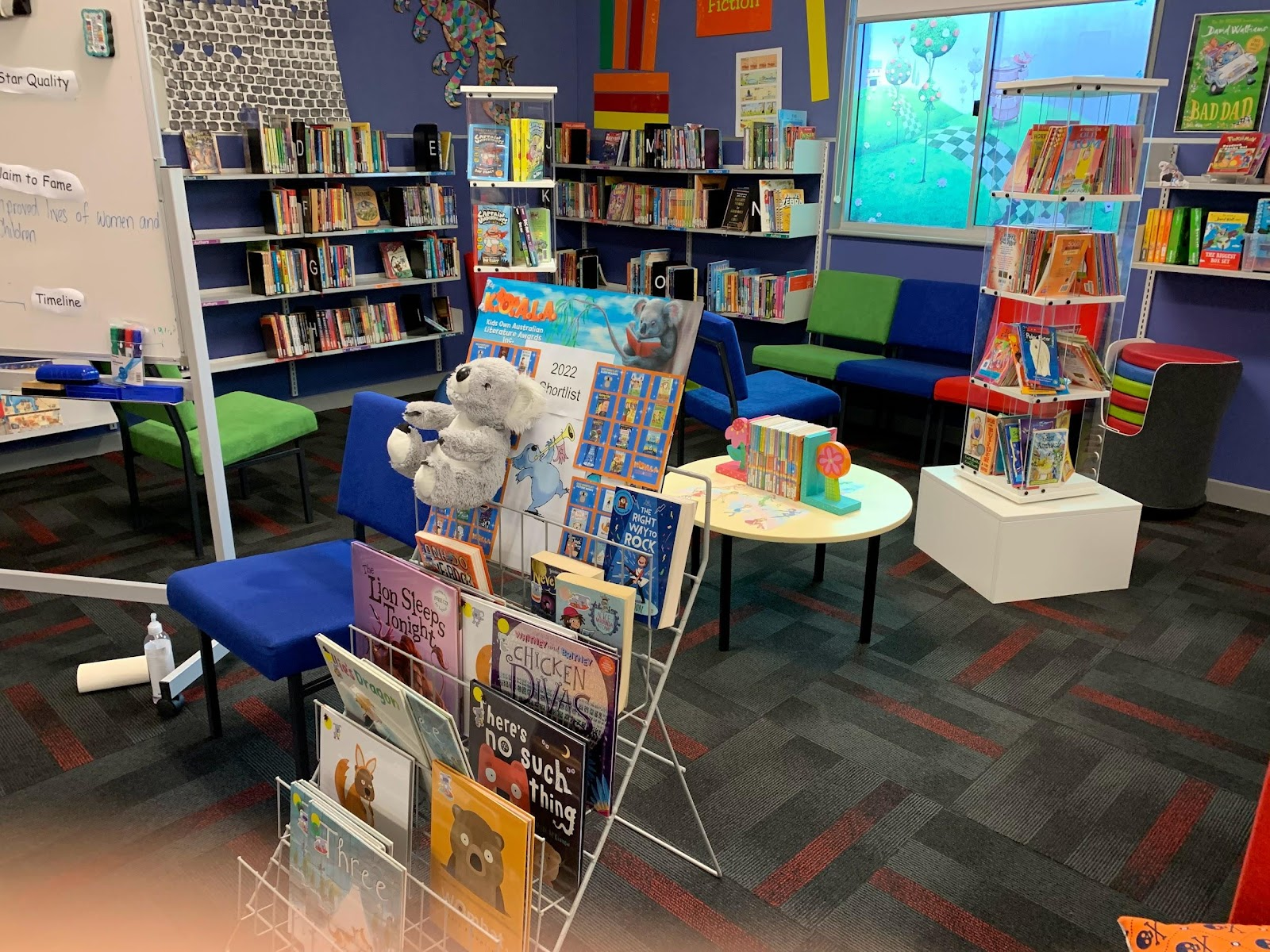
3/ How will the recent Oliver V5 integration at your school library improve accessibility and help kids find the stories they’re looking for?
I was so super excited to see that Oliver has been integrated with Story Box Library. It will help the children immensely when they are using Oliver library to look for books. They will be able to view the video without having to google Story Box Library and sign in. Some children have very limited access to the internet and computers at home and this will make life so much easier for them. It is also a wonderful thing for teachers too and this will help in making this wonderful resource for K-6 all that easier. Read more about the Oliver V5 integration with Story Box Library here.
4/ Why is it important to improve accessibility and digital literacy in young students?
As mentioned many of our students are lacking access to computers at home. They are really falling behind digitally. Having said that some children have far too much access to the internet and all that it offers and this is also a problem. I think we need to make sure that what the children are consuming at home is digitally safe and sound.
We are aiding the parents by giving them access to Story Box Library for free to use with their children. I always encourage the children to share the stories with their families whether it be hard copy library books or Story Box library.
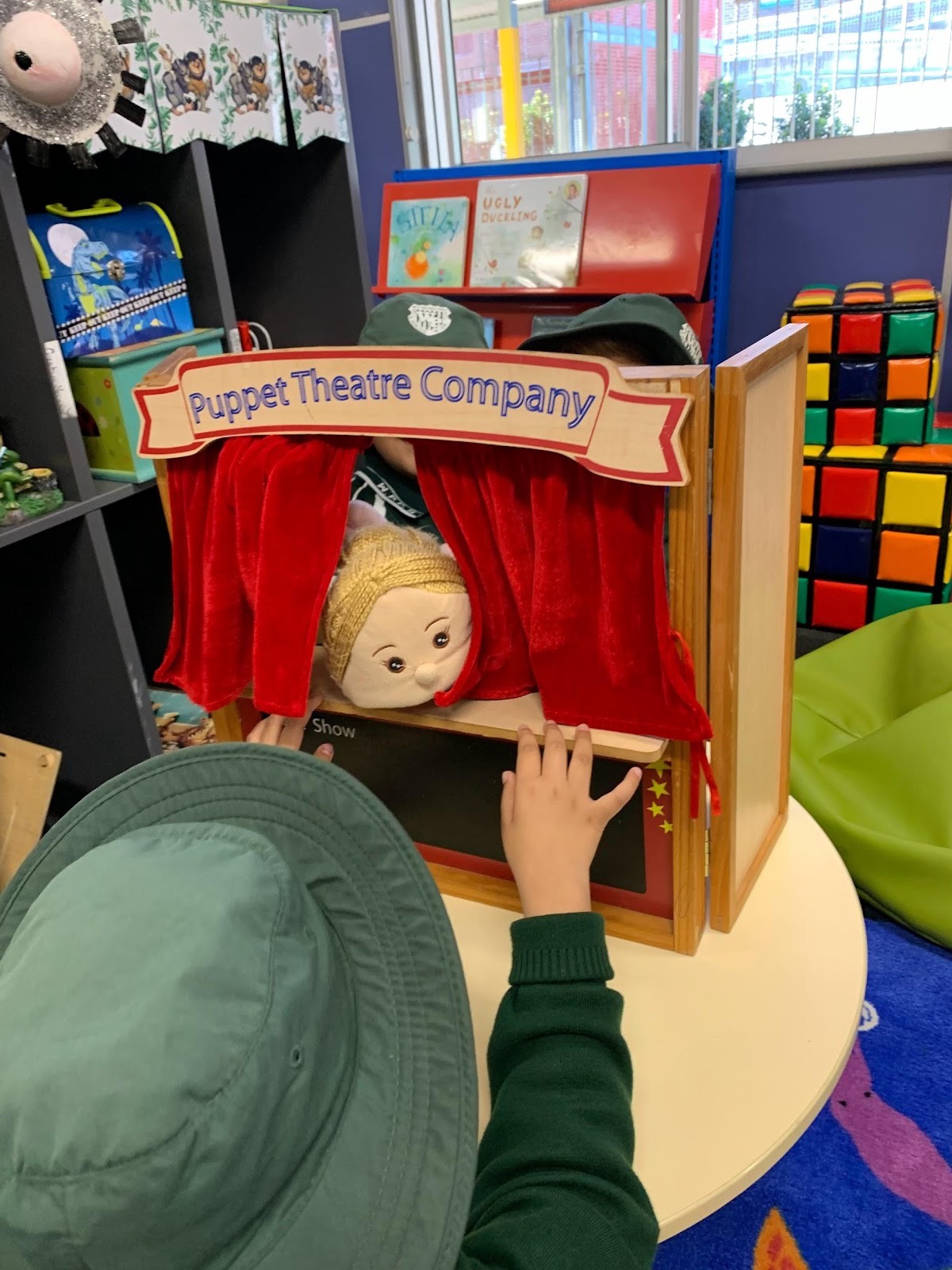 5/ How does Story Box Library improve students’ experience of literature and reading at your school library?
5/ How does Story Box Library improve students’ experience of literature and reading at your school library?
Personally I would feel that my impact would be lessened without Story Box Library to enhance it. I am a strong believer that stories need to be read aloud to the children from Kindergarten to year 6 and beyond! Who doesn’t love listening to stories?
So, even though I know that there is a place for listening to the stories independently, I feel that it is far more impactful to read the actual hardcopy version of the book to the children either before or after viewing. Many of our children are new to the English language and I encourage all of them to complete the Premier’s Reading Challenge. K-2 teachers are on board and they read Premier’s Reading Challenge books to their classes every day. For this reason we have great success in K-2 with the PRC.
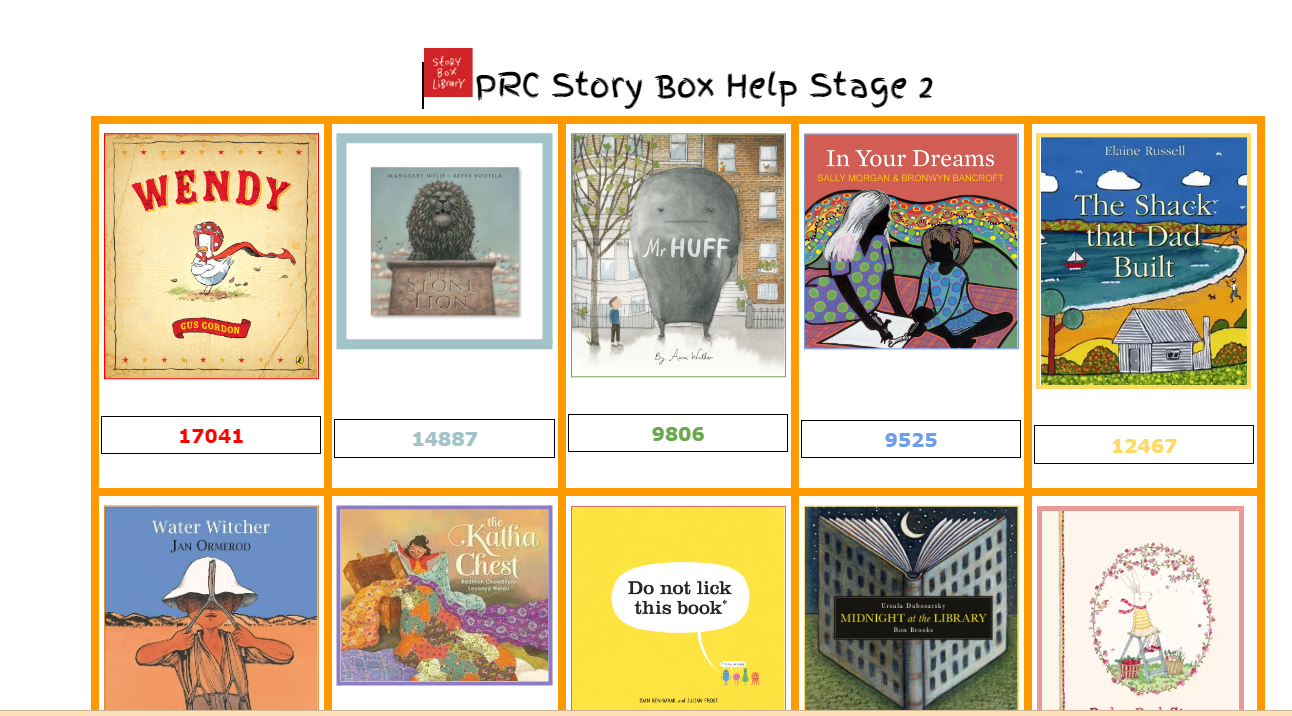 For the older children however, this is not so easy. It is a struggle for many. I want them experiencing stories at their level. I want them to hear the language. Listening to how words are pronounced to support understanding. This is where Story Box Library is such a brilliant tool. It levels the playing field making stories accessible to those that are still learning the English language. I actually create a google doc using only the books that are available in our library and linking each book straight to the story on Story Box Library. I have made one for Stage 3 & 4 and one for Stage 5 & 6 and this is posted on Google Classroom. I give a lesson on how to use this and how they must read along with the story with the closed captions on before they can record it in their Premier’s Reading Challenge and that’s a whole new lesson in itself!
For the older children however, this is not so easy. It is a struggle for many. I want them experiencing stories at their level. I want them to hear the language. Listening to how words are pronounced to support understanding. This is where Story Box Library is such a brilliant tool. It levels the playing field making stories accessible to those that are still learning the English language. I actually create a google doc using only the books that are available in our library and linking each book straight to the story on Story Box Library. I have made one for Stage 3 & 4 and one for Stage 5 & 6 and this is posted on Google Classroom. I give a lesson on how to use this and how they must read along with the story with the closed captions on before they can record it in their Premier’s Reading Challenge and that’s a whole new lesson in itself!
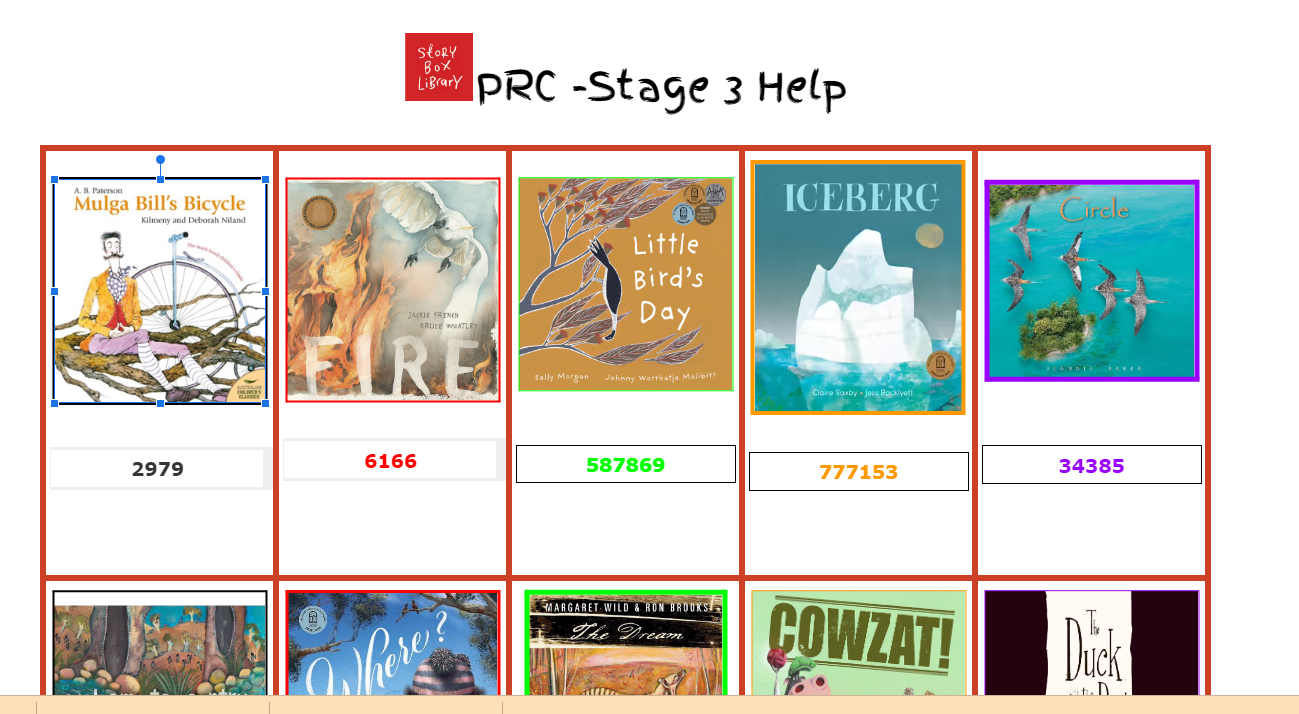 The more capable students will just go ahead and read twenty books from the school library, some will read 5-10 books and then reach for Story Box Library to make up the others. Often the newly arrived students will listen to all of the stories, it is used as a crutch, a lifeline to those that need it. No child should be banished from wonderful literature and stories just because they cannot yet read.
The more capable students will just go ahead and read twenty books from the school library, some will read 5-10 books and then reach for Story Box Library to make up the others. Often the newly arrived students will listen to all of the stories, it is used as a crutch, a lifeline to those that need it. No child should be banished from wonderful literature and stories just because they cannot yet read.
Now, this is where the magic happens. The books that are in Story Box Library are the books that they are coming into the library requesting. They all want to borrow them and read the actual hard copy book. I am so thankful that the teachers support this and give them time in their classrooms during reading groups for them to use StoryBox Library.
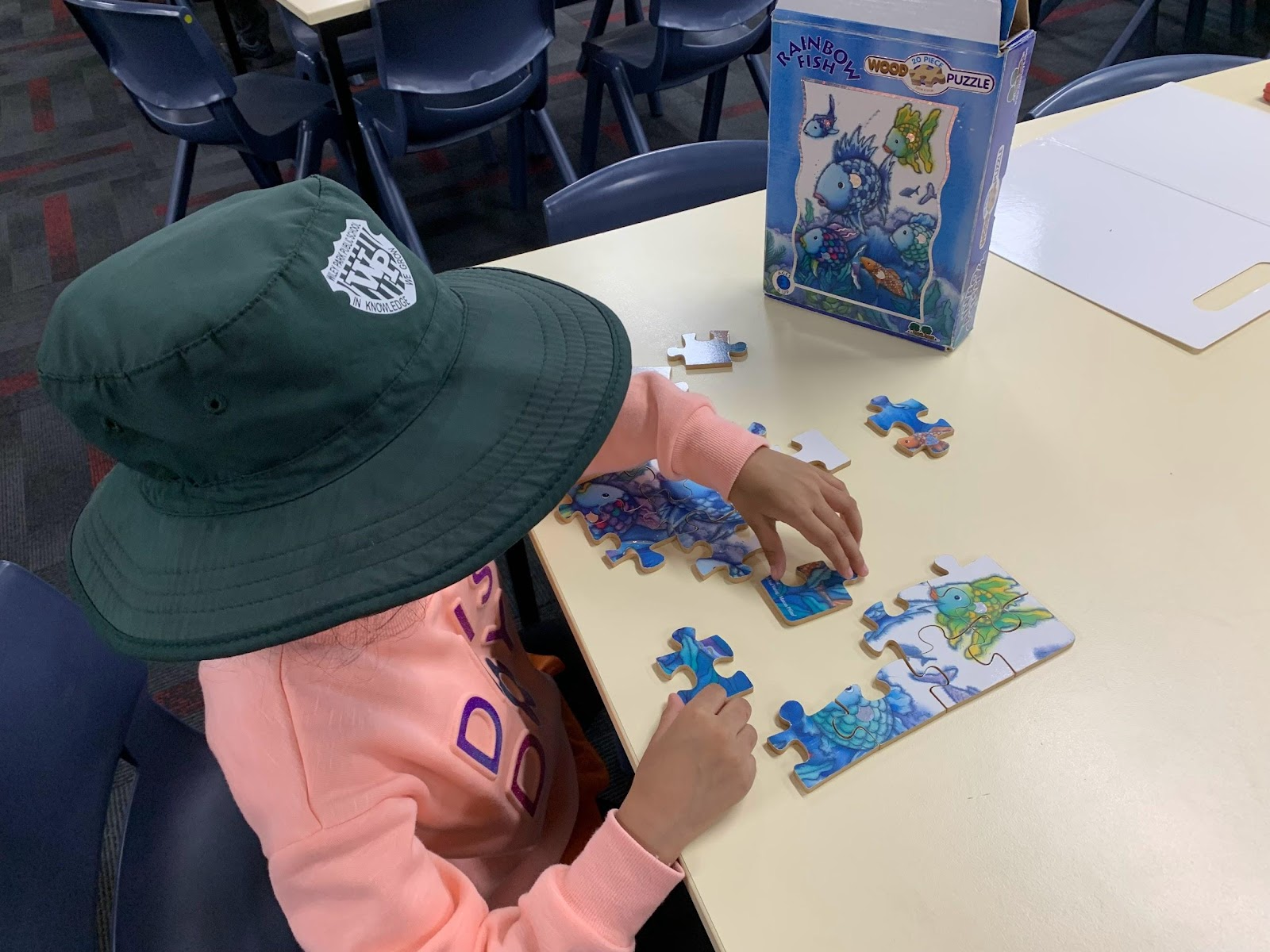 6/ Can you share your top tips for engaging students with a love of reading at the school library?
6/ Can you share your top tips for engaging students with a love of reading at the school library?
Most importantly read to them in a fun energetic way. Read snippets from chapter books to the older children to entice them in.
Organise the library to make it easily accessible to all. Have separate sections for stages so that they are getting appropriate books for their maturity. This is especially important for Kindergarten.
Make the environment fun and inviting. Try and get toy replicas of book characters. A puppet theatre for lunchtime play. A lego wall for creating worlds. Jigsaw puzzles are always popular as are felt boards. I am even thinking of introducing dress ups to encourage language development.
Be open all hours for borrowing. I tell my students that they can borrow every day. They do not have to wait until their next library lesson. The library is open before school, second half lunch and after school for borrowing. Sometimes the children forget their library bags. It isn’t a problem because they can borrow the next day.
Big soft cuddly toys which love being read to. The children can choose a reading pal to snuggle with and share a story.
Celebrate everything with books - all the special days and events throughout the year link with displays.
I also recommend using Kids News to extend the children’s general knowledge, background knowledge and vocabulary. It is Australian and free. This is a great source of news stories.
